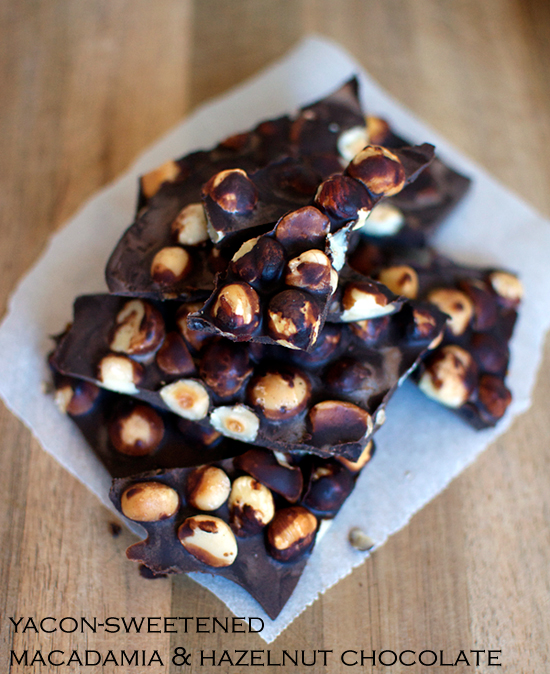I'm guiding a friend on a one month trial of the Paleo way of living, and thought I'd share this email I sent her, explaining to her what I feel she should know about the Paleo lifestyle before she jumps in. What do you think? Do you have anything else you want to add the the principals of Paleo?
Paleo Principals
- The food selection is based on fossil evidence from the Paleolithic era showing healthy hunter gatherers, as well as studies on modern hunter gatherers. A food that we ate for millions of years is probably one that is healthful for us since we have had time to adapt to it. It doesn’t mean that modern foods are bad for us (take dairy for instance) but it gives us a good place to start looking for clues as to what is good for us
- The big three things avoided by Paleo dieters are grains, sugar and industrial seed oils (canola, soy bean, sunflower, safflower, rice bran, corn).
- Two big reason why the Paleo diet works is because it promotes healing due to the consumption of
- Nutritionally dense foods (a lot of nutrition compared to the amount of calories contained within the food)
- Food that is low in toxins
- There is more to Paleo than just eating. You also have to
- Sleep better, trying to avoid artificial light after sunset (install f.lux on your laptop) and get 8 hours of sleep in as dark a room as you can
- Get exposed to sunlight so you can manufacture vitamin D
- Exercise
- Move often at a moderate pace (1 hour a day of moderate walking in total, including walking to work and back)
- lift heavy things (20 minutes twice a week is enough)
- Sprint (or high intensity interval cycling) 5 to 8 bursts of all out energy sustained for 10 to 15 seconds each (once a week is enough)
- Not over exercise and get adequate rest between exercise sessions
- Eating a Paleo diet does not mean eating less carbs. It is, however, generally accepted that limiting carbs is a good idea for weight loss due to insulin control. The type of carbs you end up eating on a Paleo diet will mostly be berries and roots, and have minimal effect on blood sugar than other sources of carbs
- Bones broths and offal are central to a Paleo diet – you can’t claim that you eat a Paleo diet without consuming liver once a week and making your own bone broth. (this has the added benefit of promoting the consumption of whole animals, eating skin, bone, organ and all, not only scotch fillet)
- It’s a diet that encourages a locavore mindset. People are always looking for grass-fed and pastured meats and eggs as well as vegetables from local sources.
- It’s not a fad diet because we have eaten some form of the Paleo diet for most of our history as humans.


